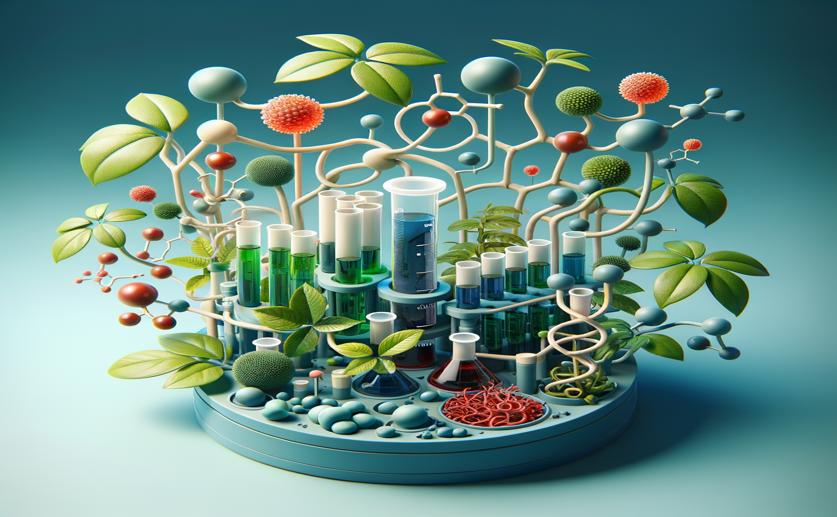
Plant Compounds May Help Prevent New Blood Vessel Growth in Lab Models of Cancer
Jim Crocker
5th June, 2024

Image Source: Natural Science News, 2024
Key Findings
- Researchers at Tulane University found that Naringenin (Nar) from grapefruit and Glyceollins (Gly) from soybeans can inhibit the formation of new blood vessels without killing endothelial cells
- Glyceollins were more effective in female models, suggesting biological sex may influence the effectiveness of these phytochemicals
- Nar and Gly did not affect the viability or gene expression of triple-negative breast cancer cells, indicating their effects are specific to endothelial cells
References
Main Study
1) Xenohormetic Phytochemicals Inhibit Neovascularization in Microphysiological Models of Vasculogenesis and Tumor Angiogenesis.
Published 4th June, 2024
https://doi.org/10.1002/adbi.202300480
Related Studies
2) Crosstalk between oxidative stress and epigenetic marks: New roles and therapeutic implications in cardiac fibrosis.
3) Transcriptional Regulation by Nrf2.
4) Nutritional hormesis.
Journal: European journal of clinical nutrition, Issue: Vol 61, Issue 2, Feb 2007
5) The Effects of Green Tea Catechins in Hematological Malignancies.



 16th May, 2024 | Greg Howard
16th May, 2024 | Greg Howard